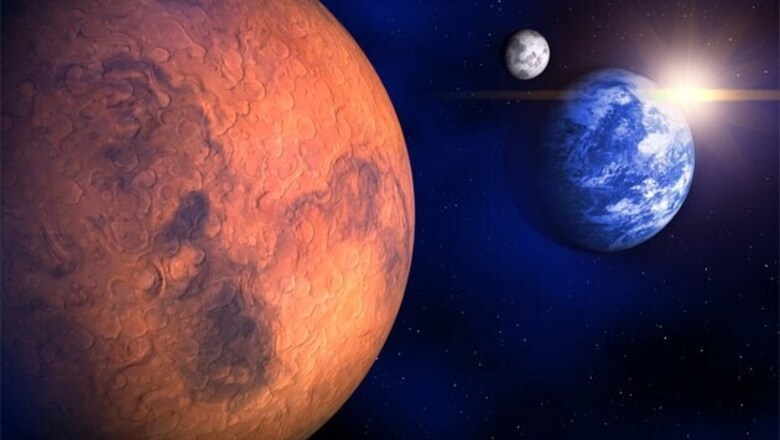
views
London: A tiny fragment of Martian meteorite 1.3 billion years old has made a strong case for the possibility of life on Mars, say scientists. The finding of a 'cell-like' structure, which investigators now know once held water, came about as a result of collaboration between scientists in Britain and Greece.
"In many ways, it resembled a fossilised biological cell from Earth but it was intriguing because it was undoubtedly from Mars. Our research found that it probably was not a cell but that it did once hold water - water that had been heated, probably as a result of an asteroid impact," explained professor Ian Lyon from University of Manchester's school of earth, atmospheric and environmental sciences.
These findings are significant because they add to increasing evidence that beneath the surface, Mars does provide all the conditions for life to have formed and evolved.
"It also adds to a body of evidence suggesting that large asteroids hit Mars in the past and produce long-lasting hydrothermal fields that could sustain life on Mars, even in later epochs, if life ever emerged there," added Elias Chatzitheodoridis from the National Technical University of Athens.
The team is now using state-of-the-art techniques to investigate new secondary materials in the meteorite called Nakhla and search for possible bio signatures which provide scientific evidence of life, past or present.
The findings were published in the journal Astrobiology.


















Comments
0 comment